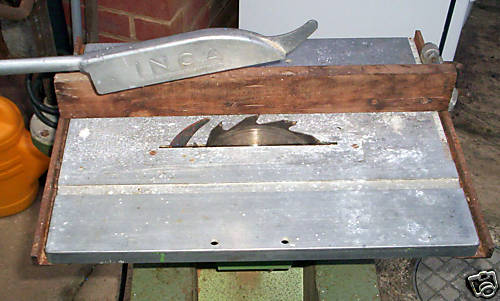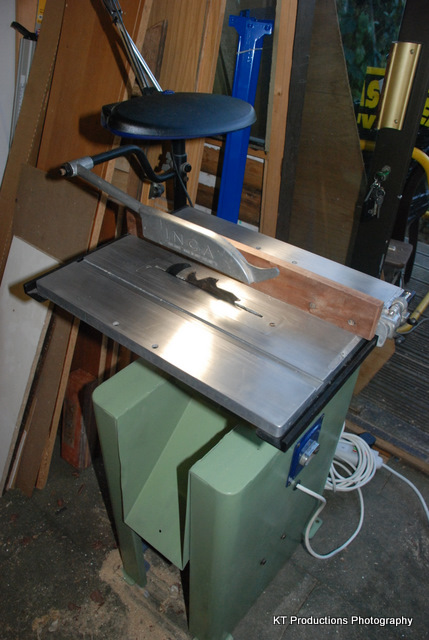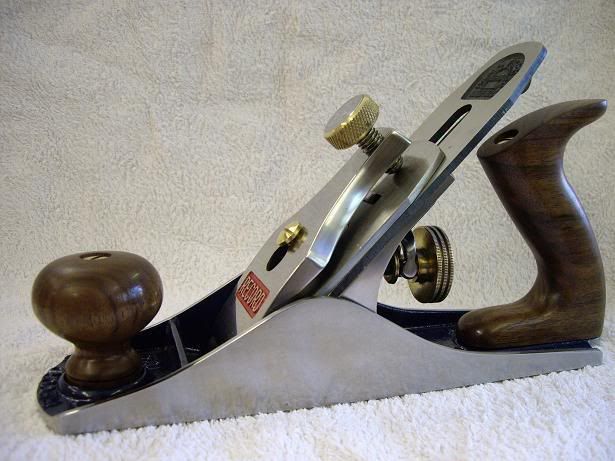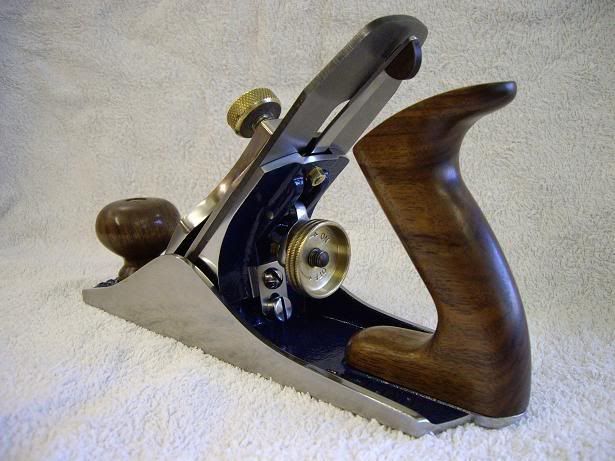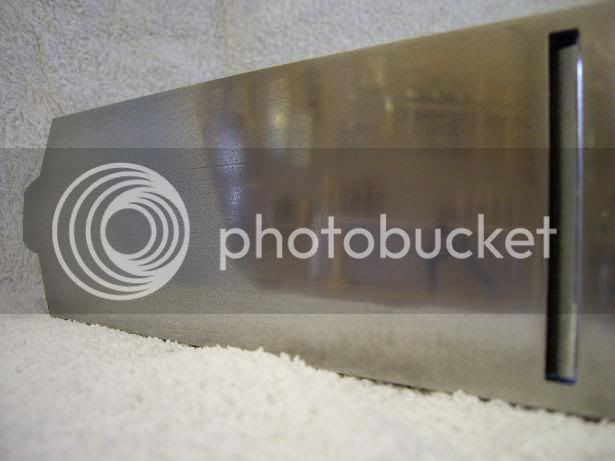Don't know how suitable it might be, but there are electro polishing processes which basically bring up a brighter finish. Google might throw something up, although i've a sense that it's a fairly touchy process to operate.
Another option is mechanical polishing, as in with buffing mops and abrasive soaps. e.g.
http://www.thepolishingshop.co.uk/ Just be aware though that to do it reasonably quickly needs lots of power and speed - and hence good gloves, goggles and an apron. The mickey mouse kits sold for use with n electric drill will polish, but very slowly.
A few trial runs would be wise, as it'd be possible to do harm by e.g. polishing a corner and rounding it off. i.e. if trying this route be careful of removing too much metal. You could trial different grits to get the finish you want, you may not want bright and shiny.
There's lots offering polishing services, buy a motorcycle magazine like Classic Bike and you should find at least several offering the service (often with plating and maybe electro polishing) in the back pages.
Perhaps the best option of all may be something like glass bead, vapour or nut shell blasting. Depending on the material this brings metal up to almost any finish you like, and if using the right process removes minimal material. Some like nut shell blasting and types of bead blasting are very mild and are used on parts like carburettors in soft materials like die cast aluminium and zinc alloys that won't tolerate material removal to give a nice factory fresh satin finish.
Be careful who you use if you go any of the commercial routes. The more specialised businesses routinely involved in automotive restoration work are usually very skilled and used to working with precision parts. Others can be very rough, and don't use skilled labour. Get the right guys doing the right sort of work, and ask for advice to get what you want.
There should again be service providers in bike mags like the above.
ian
ian





